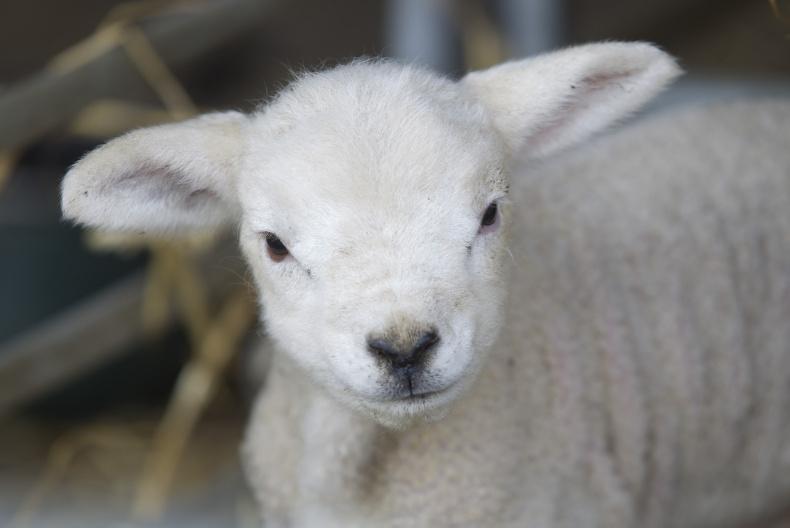With lambing complete, attention now turns to ensuring that lambs on the ground achieve their growth potential.
One of the main obstacles to achieving this is anthelmintic resistance, where resistant worms survive dosing treatments, which would usually be effective, and cause a reduction in lamb performance.
Ideally, lambs on a grass-based system should be gaining 350g per day from birth to weaning and 250g per day post-weaning. A lamb that gains 100g per day will eat at least double the feed of a lamb gaining 300g per day before it is finished. The slower the weight gained, the longer the period to slaughter, the lower the profit.
Once these resistant worms are present on your farm they can not be eliminated. It is possible to have a level of anthelmintic resistance in your flock with no clinical signs other than reduced performance.
There is no blueprint treatment for all flocks, but some of the strategies employed can include quarantine treatment of all newly purchased sheep, reducing the amount of wormer used by utilising clean and mixed grazing, as well as limiting the amount of dosing ewes receive.
Selecting a percentage of lambs that will be left untreated at different dosing intervals can also help, as can calibration of dosing equipment and dosing for the heaviest sheep in the group.
The rotation of wormers used on farm, including the periodic use of narrow spectrum wormers, is important.
When worming, do not dose and move to clean pasture. Return to the old pasture for four to seven days. This allows sheep to pick up a small burden of worms susceptible to wormers and so dilute the resistant population.
Another option is to leave 10% to 20% of a flock untreated and so dilute resistant worms with susceptible worms from these sheep. Selection of these sheep is based on visual assessment and weight.
It is hugely important to target treatments to when the flock needs them rather than what has traditionally occurred.
Faecal egg counts give an indication of the worm burden in the flock. Your vet can advise you on how best to collect samples.
After sample analysis, your vet will advise whether dosing is necessary at this time. If advice is given to dose, it is worthwhile taking samples from lambs seven or 14 days later, depending on the wormer used. This will indicate the effectiveness of the wormer and any resistance.
Kieran Devaney works at Ormonde Veterinary, Barrack St, Kilkenny, part of XLVets, a group of progressive practices working together to achieve a better future for agriculture and veterinary in Ireland. For more, see www.xlvets.ie.






 This is a subscriber-only article
This is a subscriber-only article










SHARING OPTIONS: